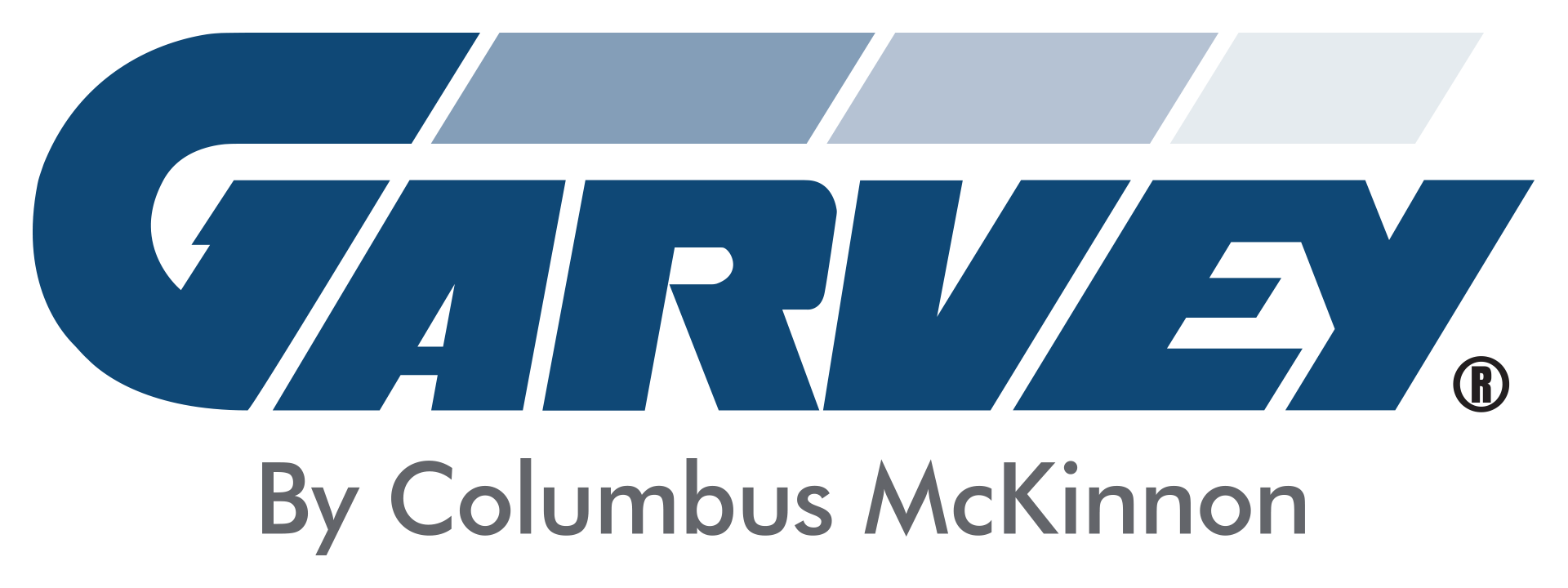If you’re a regular reader of this blog (and we hope you are!), then you’ll know that our business is built around helping manufacturers maximize the throughput of their production lines by reducing the impact of slow or inefficient equipment.
We’ve recently compiled our thinking on this topic into an eBook that walks you through how to identify the slowest machine on your line (called the “constraint”) and the steps you can take to gain more throughput:
We’d love to say that slow equipment is the only type of constraint hampering the performance of manufacturing companies. But, of course, that’s not true. While equipment is one major type of constraint, there are other things that keep companies from reaching their goals. If you’ve had to rethink your operations because of COVID-19, you’ve likely uncovered plenty of other weaknesses.
So, here, we’ll widen the lens and look more generally at what a constraint is and the types of constraints that can limit your company’s performance.
What is a constraint?
Broadly speaking, a constraint is a limiting factor that keeps you from achieving your goal. Manufacturing customers usually come to us with the goal of increasing production. But there are other goals you could have — like eliminating raw materials waste, lowering your injury rate, reducing environmental impact, etc.
Whatever your goal, the constraint is the obstacle that’s keeping you from reaching it.
There are two important things to know about constraints:
- A constraint is a factor that limits performance under normal operating conditions. A piece of equipment that frequently fails, causing downtime on a daily basis, is a constraint. A piece of equipment that runs perfectly for 20 years and then all of a sudden breaks down beyond repair may be a massive headache, but it isn’t a constraint.
- You should only have one constraint at a time. This concept is not universally accepted, because obviously multiple things may impact a company’s performance at any given time. But our take is that the constraint is the weakest link in your operations. As such, it provides the biggest opportunity for improvement. Once you solve for the original constraint, another issue will become the weakest link. The key idea is that you tackle the biggest challenge first because solving it will deliver the most significant results.
Types of constraints
There is no single scheme for categorizing constraints — if you google “types of constraints,” you’ll find a variety of thinking on the topic. Here, we’ll again use broad strokes to give you a general idea of the types of constraints that may impact your business.
Internal vs. external constraints
The most basic categories constraints fall into are internal and external.
- Internal constraints are factors that limit how much product you can supply. In other words, if you would be able to sell more than you can currently produce, you have internal constraints.
- External constraints are factors that limit demand for your product. In other words, if you can produce more than you can sell, you have external constraints.
We’ll focus on internal constraints because they’re much more common. (If external constraints are your problem, congratulations! Now go have a chat with your sales and marketing team.)
Physical constraints
Physical constraints can be anything related to your physical resources.
- Equipment — In the manufacturing industry, the most likely culprit is a piece of equipment that’s slowing the whole process down (discover the most common constraints on food packaging and beverage processing lines).
- Labor resources — You might not have enough employees or your employees might not have the skills to move your business forward.
- Buildings / facilities — If you’ve already optimized production in your current facility, you might be constrained by space.
- Raw materials — Issues in your supply chain might limit the amount of raw materials you can access.
- Capital — You might not have the money to invest in procuring the other items on this list.
Policy constraints
Policy constraints may be written or unwritten, and they may be internal to your company or imposed by law. As an example of the latter, to keep line workers safe, OSHA may place a cap on your line speed.
Internal policy constraints are typically inefficient ways of working, often exemplified by the idea “this is how we’ve always done it.” Mindsets like this, especially when they’re reflected in SOPs and day-to-day operation, can severely limit a company’s ability to innovate and grow.
If you think about it, you probably already have an idea of the weakest link in your organization. The question is “Are you ready to do something about it?”
For more info about constraints in general, visit the Theory of Constraints Institute website. For help identifying the equipment constraint on your production line, contact us.




